Home>Kitchen & Cooking>Kitchen Gadgets & Utensils>How To Use A Kettle To Boil Water
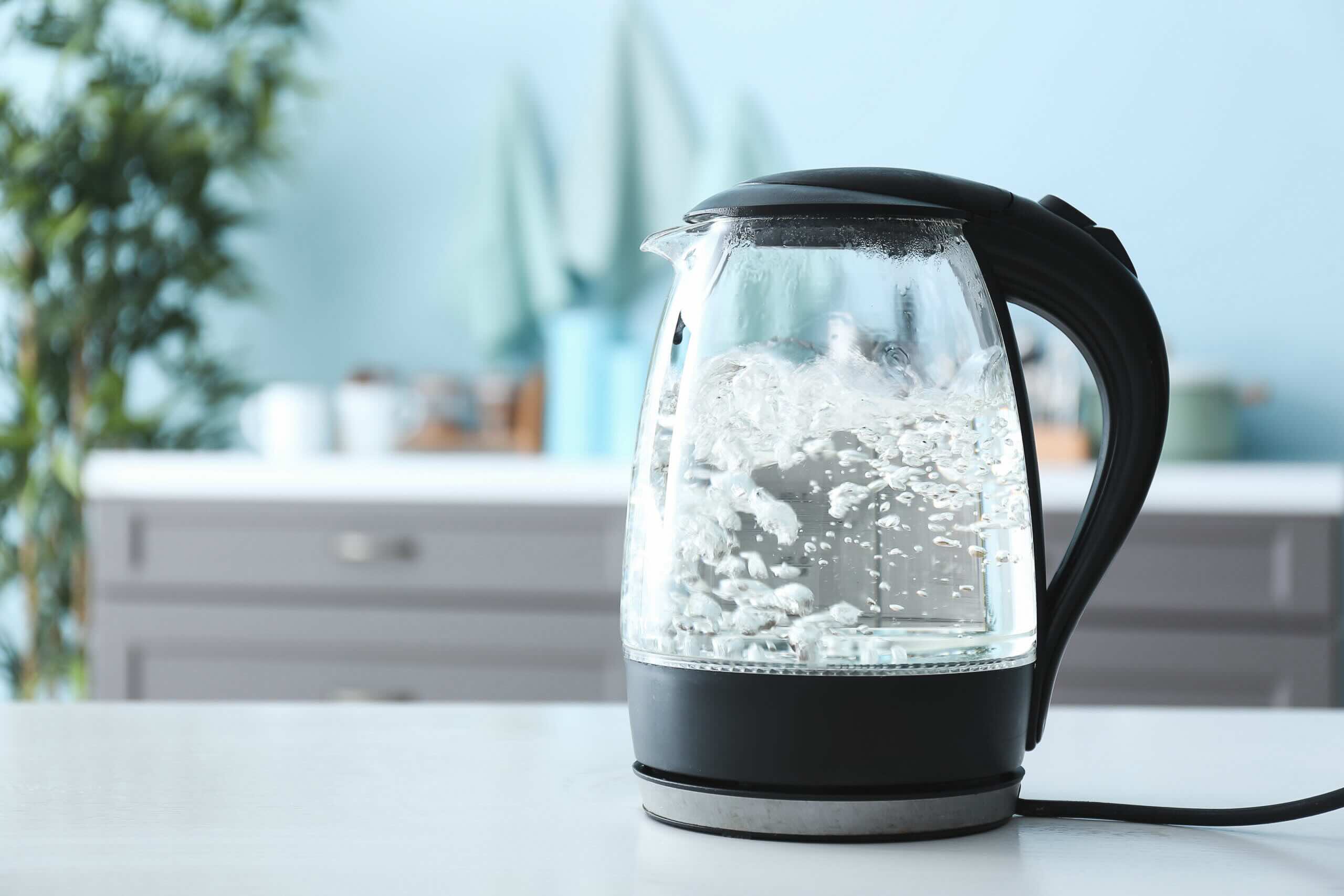

Kitchen Gadgets & Utensils
How To Use A Kettle To Boil Water
Modified: March 2, 2024
Learn how to efficiently use a kettle to boil water and make your kitchen tasks easier with our guide on kitchen gadgets and utensils. Discover the best techniques and tips for using a kettle effectively.
(Many of the links in this article redirect to a specific reviewed product. Your purchase of these products through affiliate links helps to generate commission for Storables.com, at no extra cost. Learn more)
Introduction
Ah, the humble kettle – a staple of every kitchen, a faithful companion in the quest for that perfect cup of tea, coffee, or a quick bowl of steaming hot instant noodles. While it may seem like a simple task, boiling water with a kettle is an art form in itself. The process has been perfected over the years, with kettles evolving from traditional stovetop models to electric wonders that can boil water at the touch of a button.
In this guide, we will delve into the intricacies of using a kettle to boil water, exploring the different types of kettles available, the steps involved in the boiling process, and essential safety precautions to keep in mind. Whether you are a seasoned tea enthusiast or a novice in the kitchen, mastering the art of using a kettle will undoubtedly elevate your culinary prowess and bring a touch of comfort to your daily routine.
So, join us on this journey as we unravel the secrets of the humble kettle and uncover the joy of a perfectly boiled pot of water. Let's dive in and explore the world of kettles and the simple yet satisfying task of boiling water.
Key Takeaways:
- Choose the right kettle based on your needs, whether it’s a classic stovetop model or a modern electric one, to elevate your boiling experience and add style to your kitchen.
- When boiling water, always prioritize safety by ensuring stable placement, secure handling, and supervision to enjoy the process with peace of mind and confidence.
Read more: How To Boil Water Without A Kettle
Choosing the Right Kettle
Before embarking on the boiling adventure, it’s essential to select the right kettle for your needs. Kettles come in various shapes, sizes, and materials, each with its unique set of features and advantages. Here’s a guide to help you navigate the options and find the perfect kettle for your kitchen:
- Stovetop Kettles: Traditional stovetop kettles, often made of stainless steel or copper, exude a classic charm and are suitable for use on gas or electric stoves. They are available in various capacities, from compact models ideal for small households to larger ones for frequent entertaining.
- Electric Kettles: These modern marvels are designed for convenience and efficiency. With rapid boiling capabilities and automatic shut-off features, electric kettles are a popular choice for busy individuals and families. Look for additional features such as temperature control settings and keep-warm functions for added versatility.
- Material Matters: When choosing a kettle, consider the material it’s made of. Stainless steel kettles are durable and easy to clean, while glass kettles allow you to monitor the water as it boils. For a touch of elegance, consider a copper or brass kettle, but keep in mind that they may require more maintenance to keep them looking their best.
- Capacity and Design: Assess your typical usage to determine the ideal capacity for your kettle. Whether you need a compact kettle for solo use or a larger one for gatherings, there’s a size to suit every need. Additionally, explore the design options, from sleek modern styles to charming vintage-inspired kettles, and choose one that complements your kitchen aesthetic.
- Additional Features: Some kettles come with convenient features such as water level indicators, ergonomic handles, and easy-pour spouts. Consider these factors to enhance your overall experience and ensure that the kettle aligns with your daily routine.
By carefully considering these factors, you can select a kettle that not only meets your practical requirements but also adds a touch of style and functionality to your kitchen. Once you’ve found the perfect kettle, you’re ready to move on to the next step in the boiling process.
Filling the Kettle with Water
With the perfect kettle in hand, it’s time to embark on the first step of the boiling journey – filling it with water. While this may seem like a straightforward task, there are a few key considerations to ensure that you achieve the best results:
- Quality of Water: The foundation of a great cup of tea or coffee lies in the water you use. Opt for fresh, cold water from the tap or a filtered source for the best flavor. Avoid using pre-boiled or hot water from the faucet, as it may have a flat taste due to the loss of oxygen during heating.
- Measuring the Water: Most kettles feature water level indicators, typically marked in liters or cups. Use these markings to measure the desired amount of water based on your brewing or cooking needs. Whether it’s a single cup or a full kettle, precise measurement ensures optimal results.
- Consideration for Capacity: Be mindful of the kettle’s capacity when filling it with water. Overfilling can lead to spills and potential safety hazards, while underfilling may cause the heating element to operate inefficiently. Adhering to the recommended capacity ensures safe and efficient boiling.
- Room for Expansion: When filling the kettle, leave a small gap at the top to allow for the expansion of the water as it heats. This precaution prevents the water from spilling over when it reaches the boiling point, maintaining a tidy and safe boiling process.
- Optional Flavor Enhancements: For an extra touch of flavor, consider infusing the water with herbs, spices, or citrus peels before boiling. This simple addition can impart subtle aromatic notes to the water, elevating your beverages or culinary creations.
By paying attention to these details when filling the kettle with water, you set the stage for a seamless and enjoyable boiling experience. With the kettle brimming with fresh, cold water, you are now ready to proceed to the next step – placing it on the stove or activating the electric kettle for the water to come to a gentle, rolling boil.
Placing the Kettle on the Stove
As you stand in your kitchen, kettle in hand and water filled to perfection, the next step in the boiling process beckons – placing the kettle on the stove. Whether you’re using a stovetop kettle or an electric one, this stage sets the wheels in motion for the eagerly awaited boiling symphony. Here’s how to proceed with finesse:
- Stovetop Kettles: If you have a stovetop kettle, carefully position it on the burner of your gas or electric stove. Ensure that the kettle sits securely on the burner to prevent wobbling or tipping during the heating process. If you have a traditional whistling kettle, don’t forget to lift the spout to allow the steam to escape and produce that iconic whistle when the water reaches the boiling point.
- Electric Kettles: For electric kettles, place the kettle on its base, ensuring that it is securely seated and the power cord is positioned safely away from any heat source. Many modern electric kettles feature cordless designs, allowing for easy placement and movement without the restriction of a cord during use.
- Positioning for Even Heating: Regardless of the type of kettle, position it on the stove or its base in a manner that promotes even heating. Centering the kettle on the burner or base facilitates uniform distribution of heat, ensuring that the water reaches the boiling point efficiently.
- Maintaining a Watchful Eye: Once the kettle is in place, keep a watchful eye as the water begins its journey to a bubbling boil. This is an opportune moment to savor the anticipation of the forthcoming hot beverages or culinary creations while ensuring that the boiling process proceeds smoothly.
With the kettle poised on the stove or its base, the stage is set for the enchanting transformation of water from a tranquil liquid to a spirited dance of bubbles and steam. As you stand by, ready to witness the magic unfold, the next step awaits – igniting the stove or activating the electric kettle to set the water on its lively journey to a rolling boil.
Fill the kettle with the amount of water you need. Place it on the stove or plug it in. Turn on the heat and wait for the water to boil. Once it’s boiling, carefully pour the hot water into your desired container.
Turning on the Stove
As the kettle rests on the stove, a sense of anticipation fills the air, signaling the imminent commencement of the boiling process. Whether you have a gas or electric stove, the act of igniting the heat source is a pivotal moment that propels the water towards its bubbling destiny. Here’s how to proceed with finesse:
- Gas Stoves: If you have a gas stove, gently turn the knob corresponding to the burner on which the kettle is placed. As the flame ignites, a gentle hiss fills the air, setting the stage for the dance of heat and water. Adjust the flame to a moderate level, ensuring that it envelops the base of the kettle for uniform heating.
- Electric Stoves: For electric stoves, activating the heating element is as simple as turning the corresponding burner dial or pressing the designated control panel buttons. As the element comes to life, a subtle glow emerges, signaling the beginning of the water’s transformative journey.
- Electric Kettles: If you’re using an electric kettle, the process is even more straightforward. Simply press the power switch, and the kettle springs to life, ready to fulfill its boiling duty with the utmost efficiency. Many electric kettles feature illuminated indicators, adding a touch of modern charm to the boiling ritual.
- Embracing the Moment: As the stove or electric kettle comes to life, take a moment to appreciate the simple yet mesmerizing act of water heating. The gentle hum of the heating source, the subtle rise of steam, and the promise of hot beverages or culinary delights create a captivating atmosphere that embodies the essence of home comfort and culinary delight.
With the stove or electric kettle activated, the water within the kettle begins its gradual ascent to the boiling point, setting the stage for the grand finale – the transformation of tranquil water into a spirited, bubbling symphony. As the heat works its magic, the air fills with anticipation, heralding the impending arrival of perfectly boiled water. Now, with the stove or electric kettle in action, it’s time to witness the water’s lively journey to a rolling boil, marking the pinnacle of the boiling process.
Boiling the Water
As the gentle heat embraces the kettle and the water within begins its lively dance, the stage is set for the grand spectacle – the boiling of water. This captivating transformation, marked by the emergence of bubbles and the spirited release of steam, is the crowning moment of the boiling process. Here’s how to savor this enchanting phase:
- Observing the Formation of Bubbles: As the water gradually heats up, tiny bubbles begin to form at the base of the kettle, embarking on a joyous ascent towards the surface. This mesmerizing display symbolizes the water’s fervent journey towards the boiling point, heralding the promise of hot beverages and culinary creations.
- Listening for the Telltale Signs: Whether it’s the gentle rumble of the water, the soft hiss of steam, or the iconic whistle of a stovetop kettle, the auditory cues accompanying the boiling process add an element of anticipation and delight. Embrace these sounds as they herald the imminent arrival of perfectly boiled water.
- Anticipating the Rolling Boil: As the bubbles multiply and the water reaches its crescendo, a vigorous, rolling boil ensues, signaling the completion of the boiling process. This lively display of energy and motion signifies that the water has achieved the ideal temperature for a range of culinary endeavors and delightful beverages.
- Exercising Patience and Vigilance: Throughout the boiling process, maintain a watchful eye on the kettle, ensuring that the water reaches the desired boiling point without spilling over. This moment calls for a delicate balance of patience and vigilance, as you eagerly await the transformation while ensuring a safe and controlled boiling experience.
With the water now dancing in a jubilant boil, the air is filled with the comforting warmth of steam and the promise of delightful refreshments. Whether it’s a soothing cup of tea, a rich brew of coffee, or the foundation for a delectable recipe, the perfectly boiled water is a testament to the simple yet profound joy of the culinary arts. As the water reaches its spirited crescendo, the final act of the boiling process draws to a close, paving the way for the next step – the safe and gratifying utilization of the freshly boiled water.
Safety Precautions
While the process of boiling water with a kettle is a routine task in many kitchens, it’s essential to observe safety precautions to ensure a seamless and risk-free experience. By incorporating these measures into your boiling routine, you can enjoy the culinary ritual with peace of mind and confidence. Here are the key safety precautions to keep in mind:
- Stable Placement: Whether using a stovetop or electric kettle, ensure that the appliance is placed on a stable, level surface to prevent accidental tipping or spills during the boiling process.
- Secure Handling: When moving a stovetop kettle, use oven mitts or pot holders to protect your hands from the heat. For electric kettles, handle them with care, especially when they contain hot water.
- Supervision: While the water is heating, maintain a watchful eye on the kettle to prevent boil-overs and ensure that the boiling process proceeds smoothly. Avoid leaving the kettle unattended during this critical phase.
- Safe Pouring: When pouring the hot water from the kettle, exercise caution to avoid splashes or spills. Use the kettle’s handle and spout with care, directing the flow of water with precision and attentiveness.
- Preventing Contact Burns: Be mindful of the hot surfaces of stovetop kettles and electric kettle bases. Avoid accidental contact with these surfaces, especially when they are in use or have recently been turned off.
- Child Safety: If children are present in the kitchen, ensure that they are at a safe distance from the kettle and its heating source. Educate them about the potential hazards associated with boiling water and emphasize the importance of caution in the kitchen.
- Cord Management: For electric kettles with cords, ensure that the cord is positioned away from the stove or any heat sources to prevent accidental entanglement or exposure to high temperatures.
- Cleaning and Maintenance: Regularly clean and maintain your kettle to prevent mineral deposits and ensure optimal performance. Follow the manufacturer’s guidelines for care and maintenance to prolong the longevity of your kettle.
By integrating these safety precautions into your boiling routine, you can elevate the experience from a simple task to a safe and gratifying culinary ritual. With a keen focus on safety, you can savor the joy of using a kettle to boil water while ensuring a secure and seamless process, enriching your culinary endeavors with peace of mind and confidence.
Conclusion
As we conclude our journey through the art of using a kettle to boil water, we are reminded of the simple yet profound joy that this culinary ritual brings to our daily lives. From the careful selection of the perfect kettle to the enchanting transformation of water into a lively boil, each step in the process embodies a sense of comfort, anticipation, and the promise of delightful refreshments.
The choice of a kettle, whether a traditional stovetop model or a modern electric wonder, reflects our individual preferences and the unique character of our kitchen. With the right kettle in hand, the act of filling it with fresh, cold water becomes a thoughtful preparation, setting the stage for the forthcoming boiling symphony.
Placing the kettle on the stove or activating the electric wonder marks the commencement of the water’s transformative journey, culminating in the captivating spectacle of a rolling boil. The emergence of bubbles, the gentle hiss of steam, and the promise of perfectly boiled water evoke a sense of warmth and comfort, bringing a touch of culinary delight to our homes.
Amidst the enchanting process, we are reminded of the importance of safety precautions, ensuring that our boiling ritual unfolds seamlessly and securely. By embracing these measures, we can enjoy the art of using a kettle to boil water with confidence and peace of mind, elevating the experience to a gratifying culinary endeavor.
As we bid adieu to this culinary journey, let us carry forward the art of using a kettle to boil water as a cherished tradition, a source of comfort, and a testament to the simple yet profound joys of the kitchen. Whether it’s a soothing cup of tea, a rich brew of coffee, or the foundation for a delightful recipe, the perfectly boiled water serves as a cornerstone of culinary delight, enriching our lives with every bubbling symphony.
So, as you embark on your next boiling adventure, may the humble kettle and the simple act of boiling water continue to infuse your kitchen with warmth, comfort, and the promise of delightful refreshments. Cheers to the art of using a kettle to boil water, a timeless ritual that brings joy and comfort to kitchens around the world.
Frequently Asked Questions about How To Use A Kettle To Boil Water
Was this page helpful?
At Storables.com, we guarantee accurate and reliable information. Our content, validated by Expert Board Contributors, is crafted following stringent Editorial Policies. We're committed to providing you with well-researched, expert-backed insights for all your informational needs.
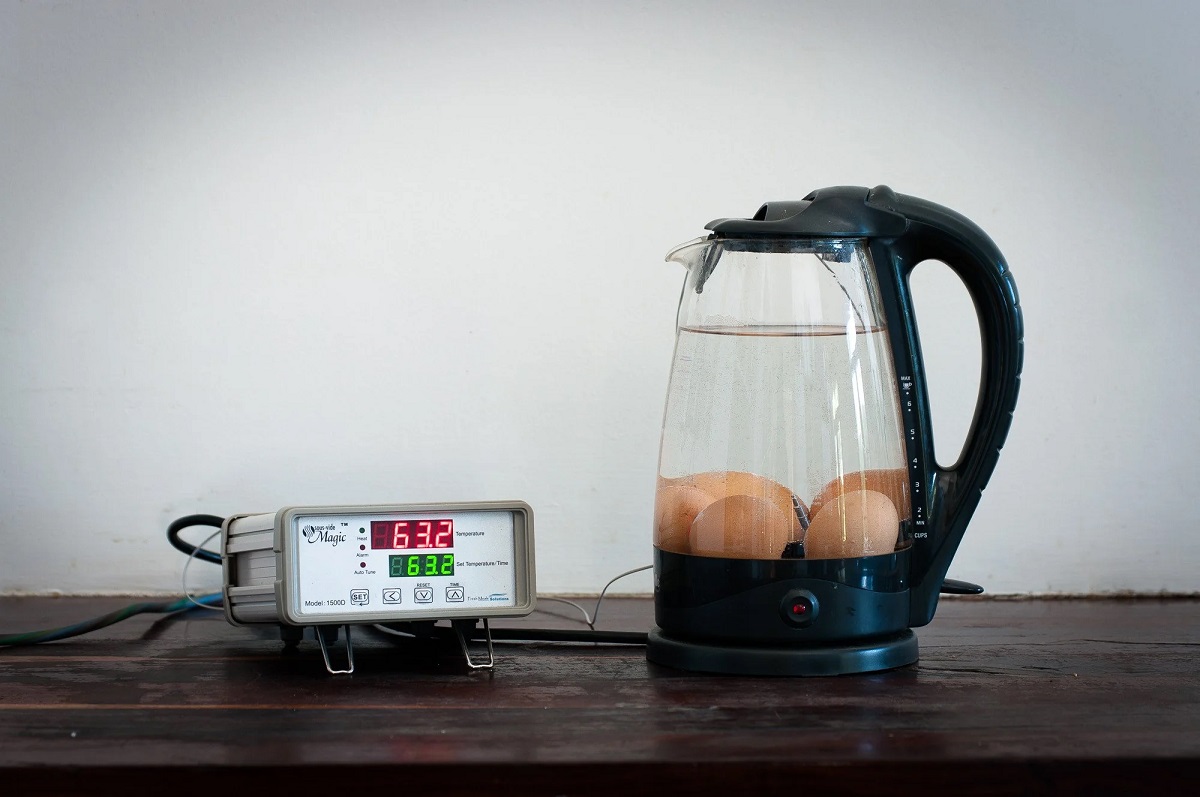
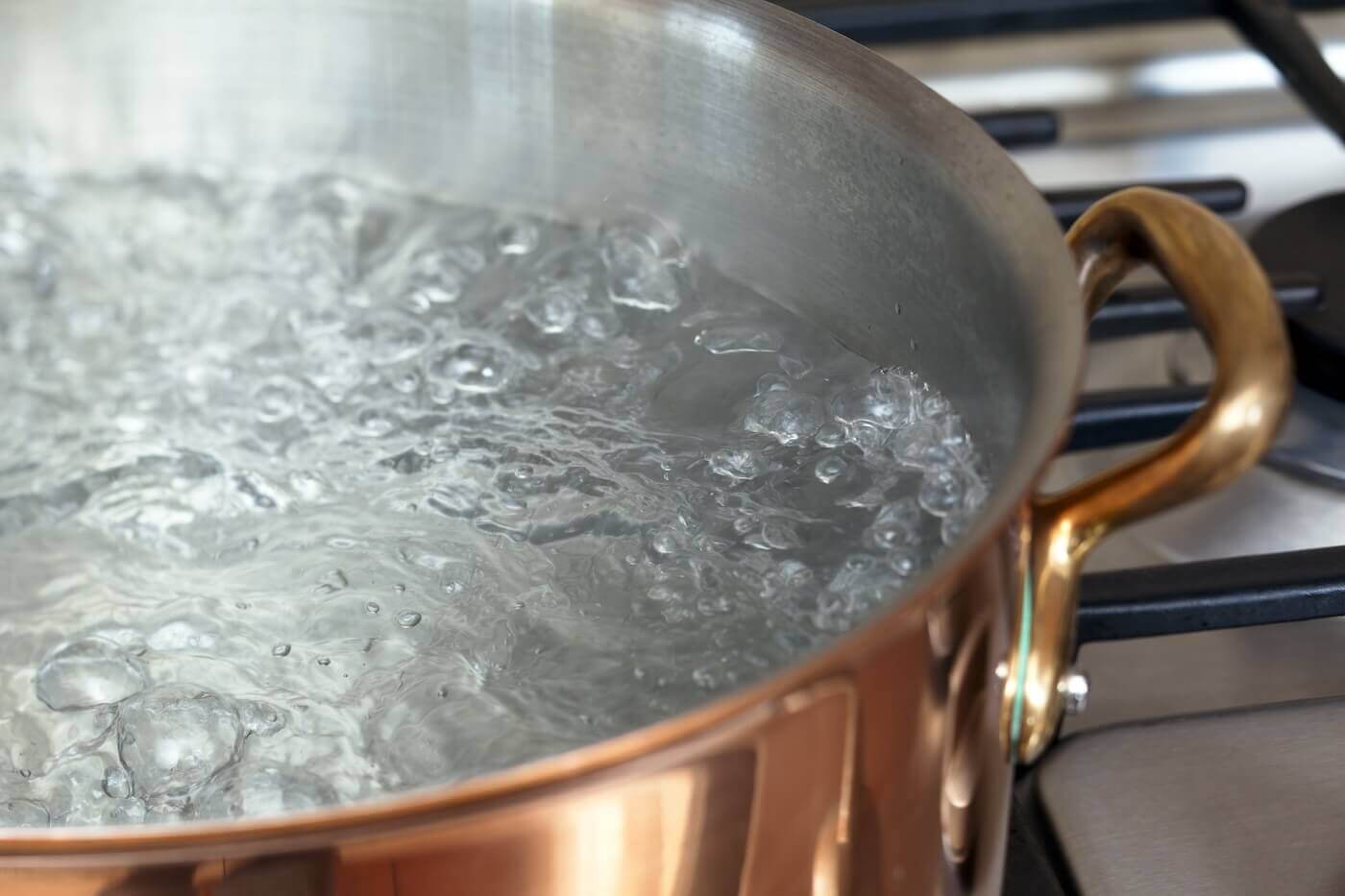
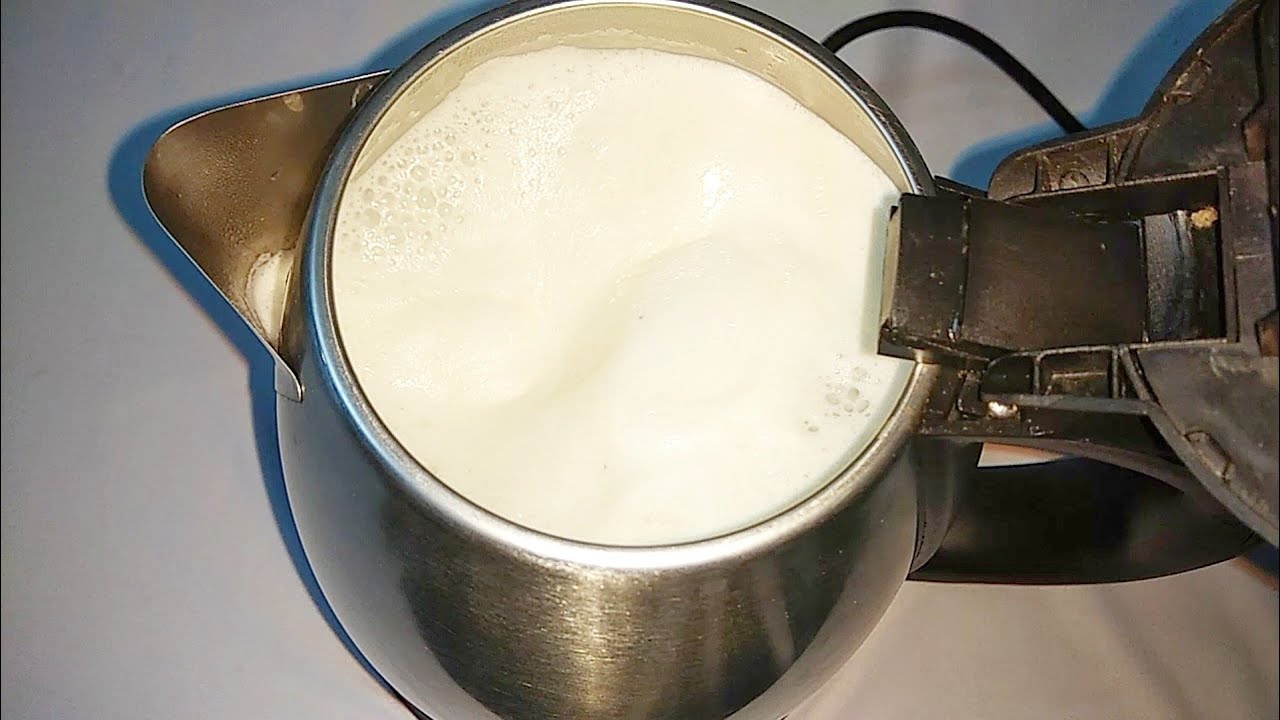
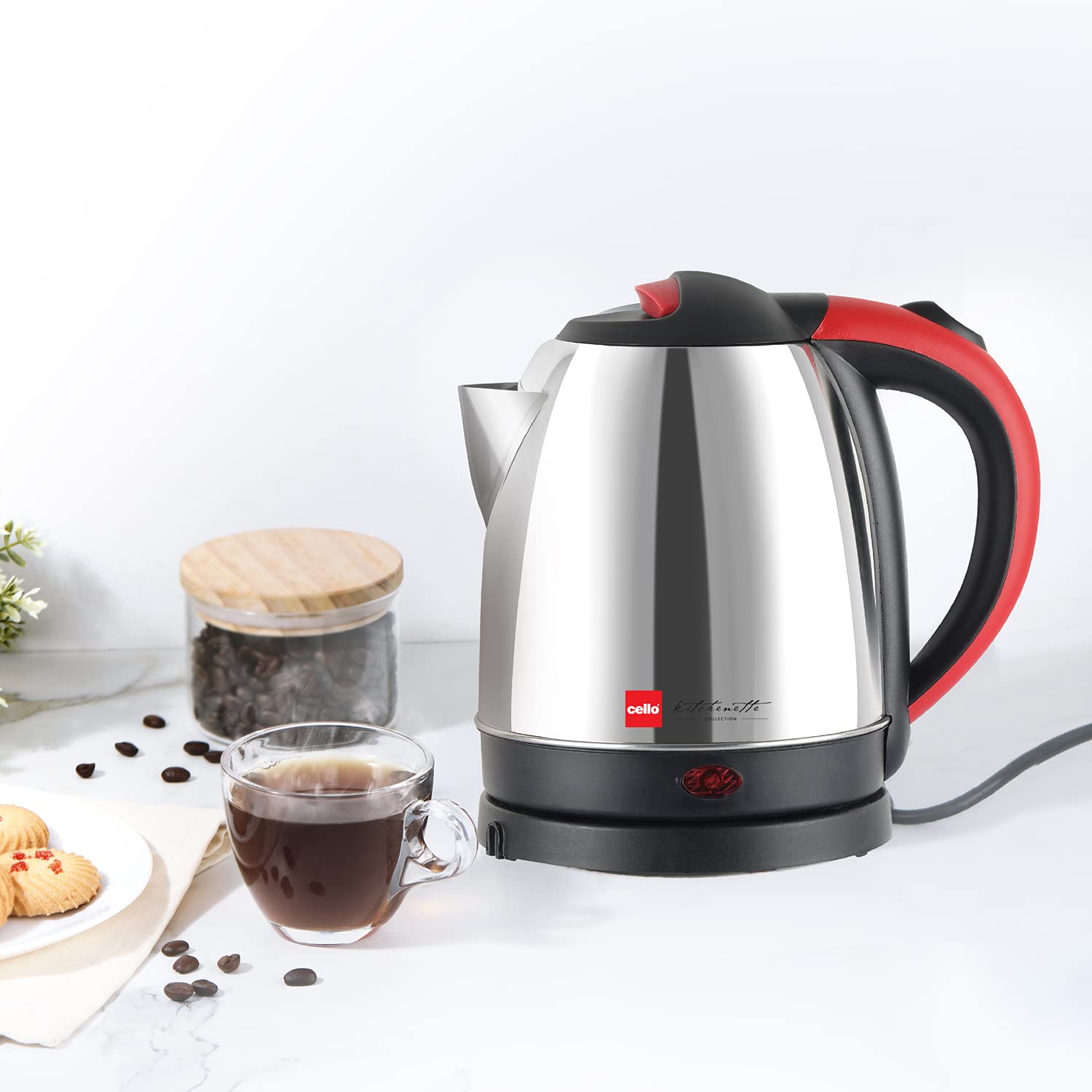
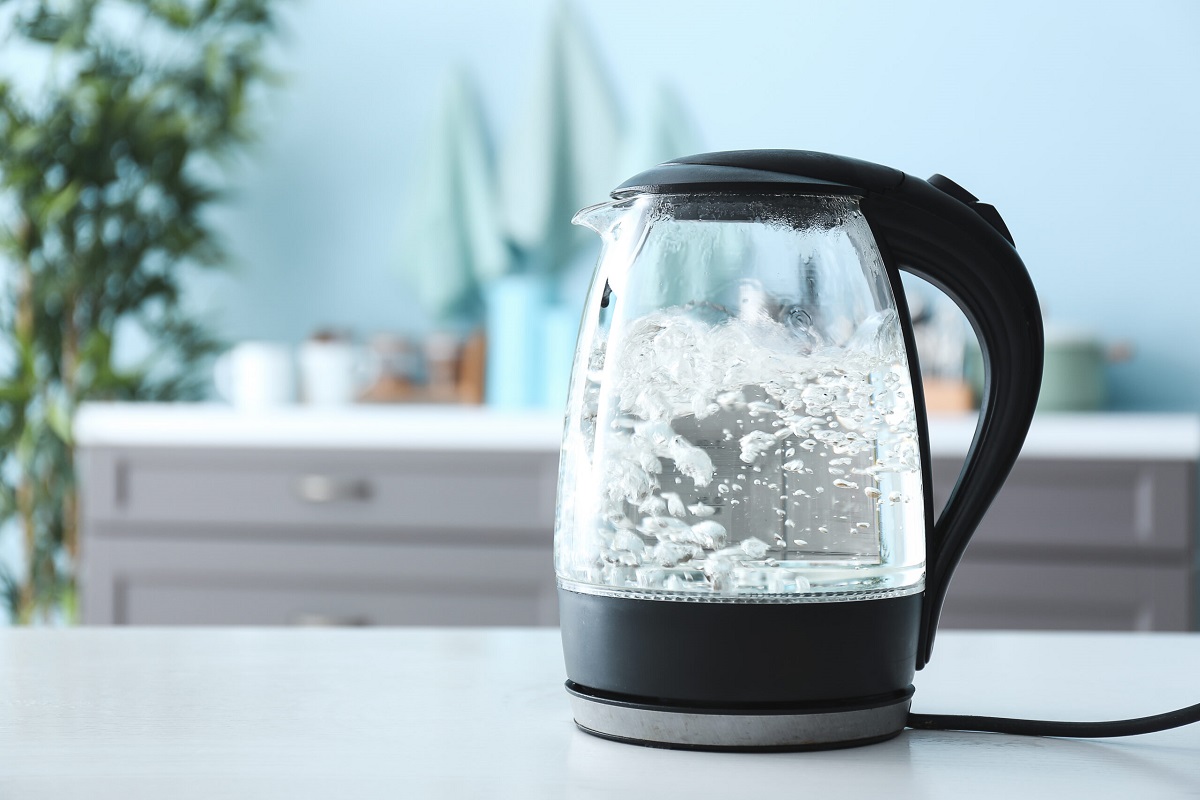
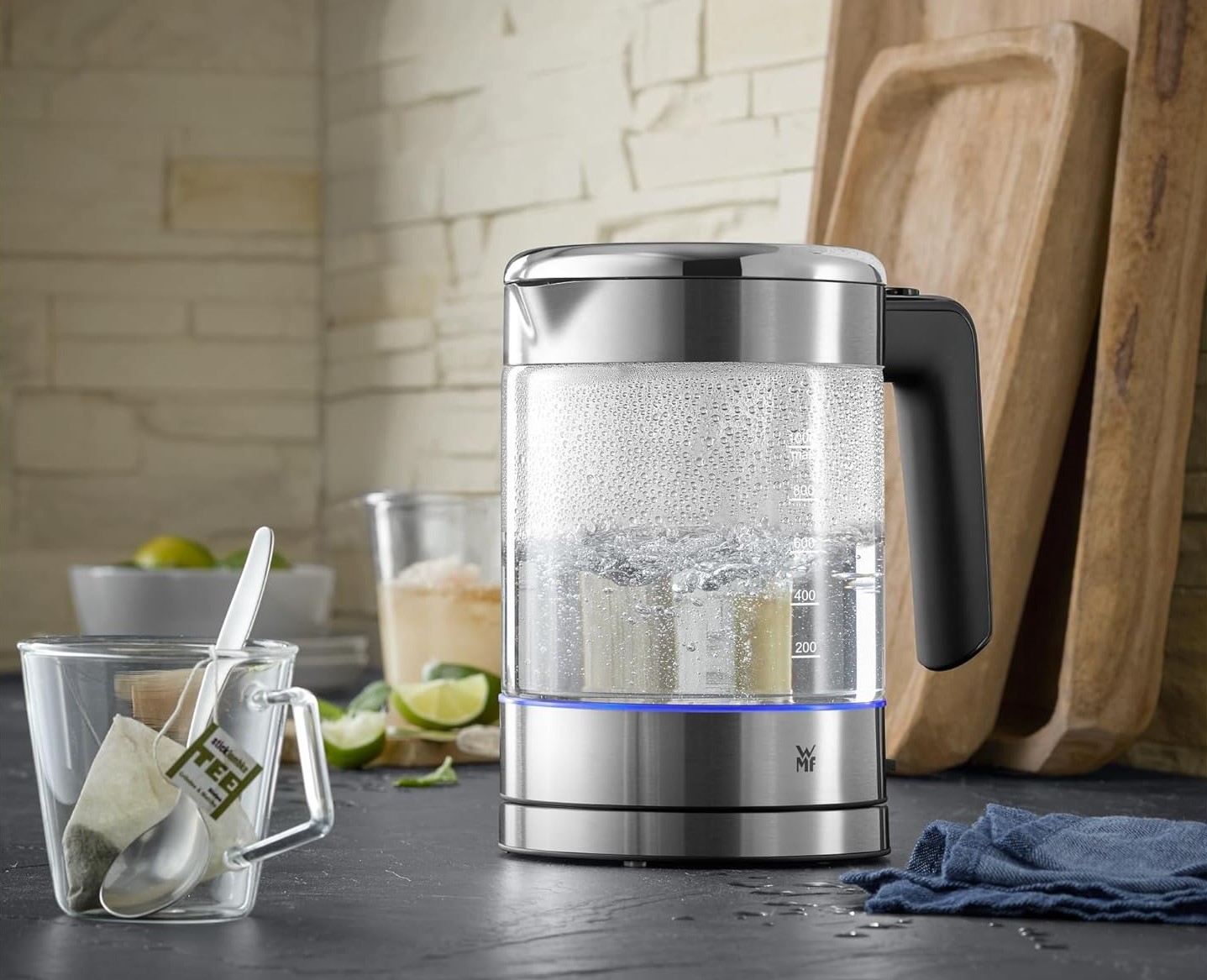
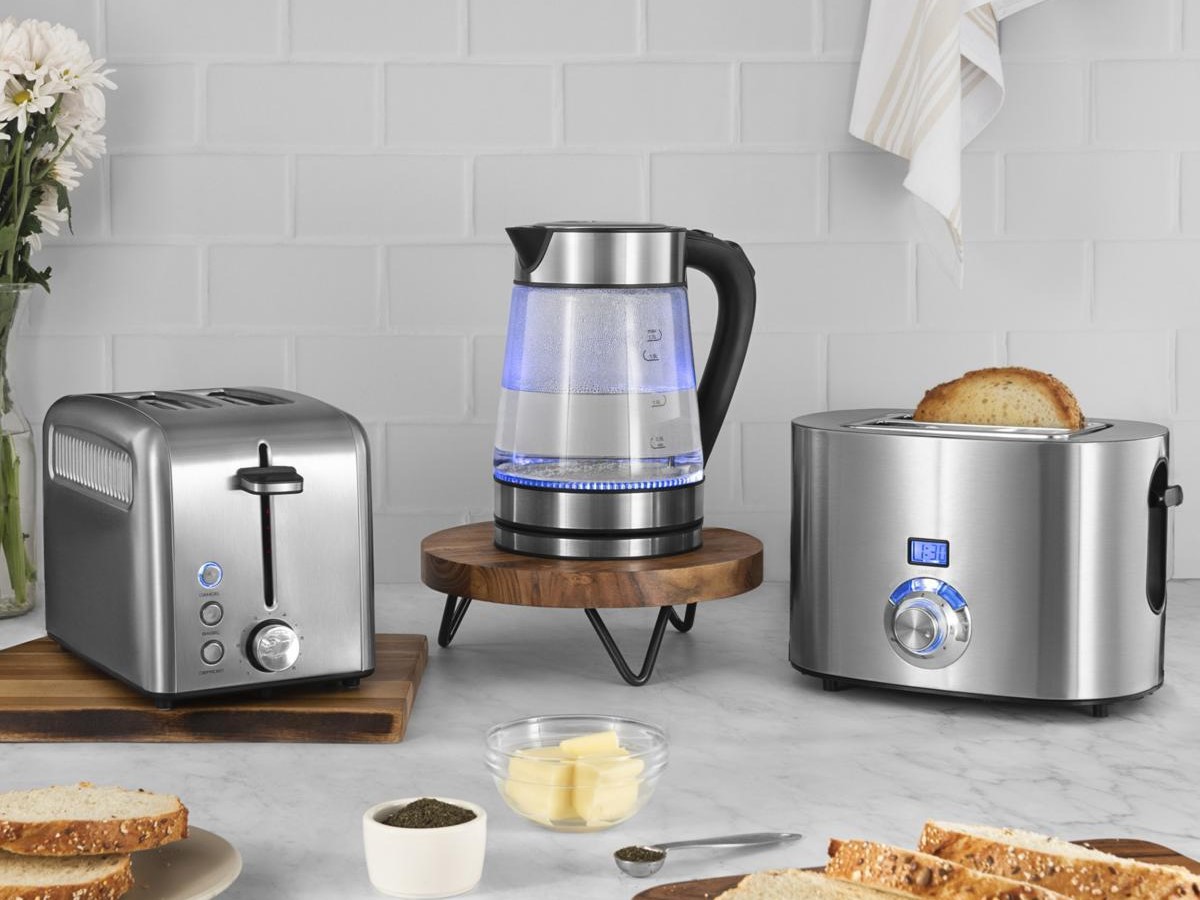
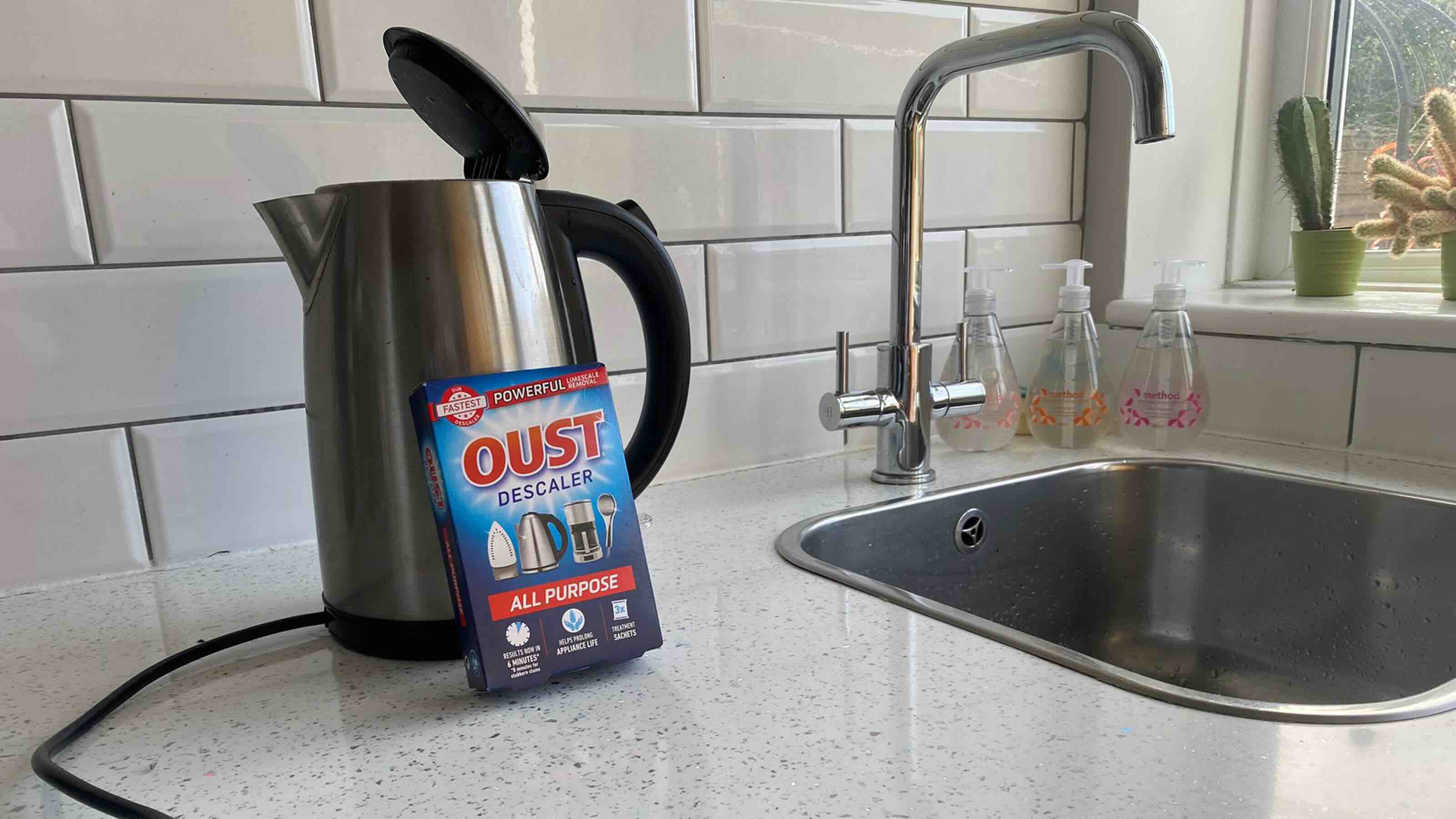
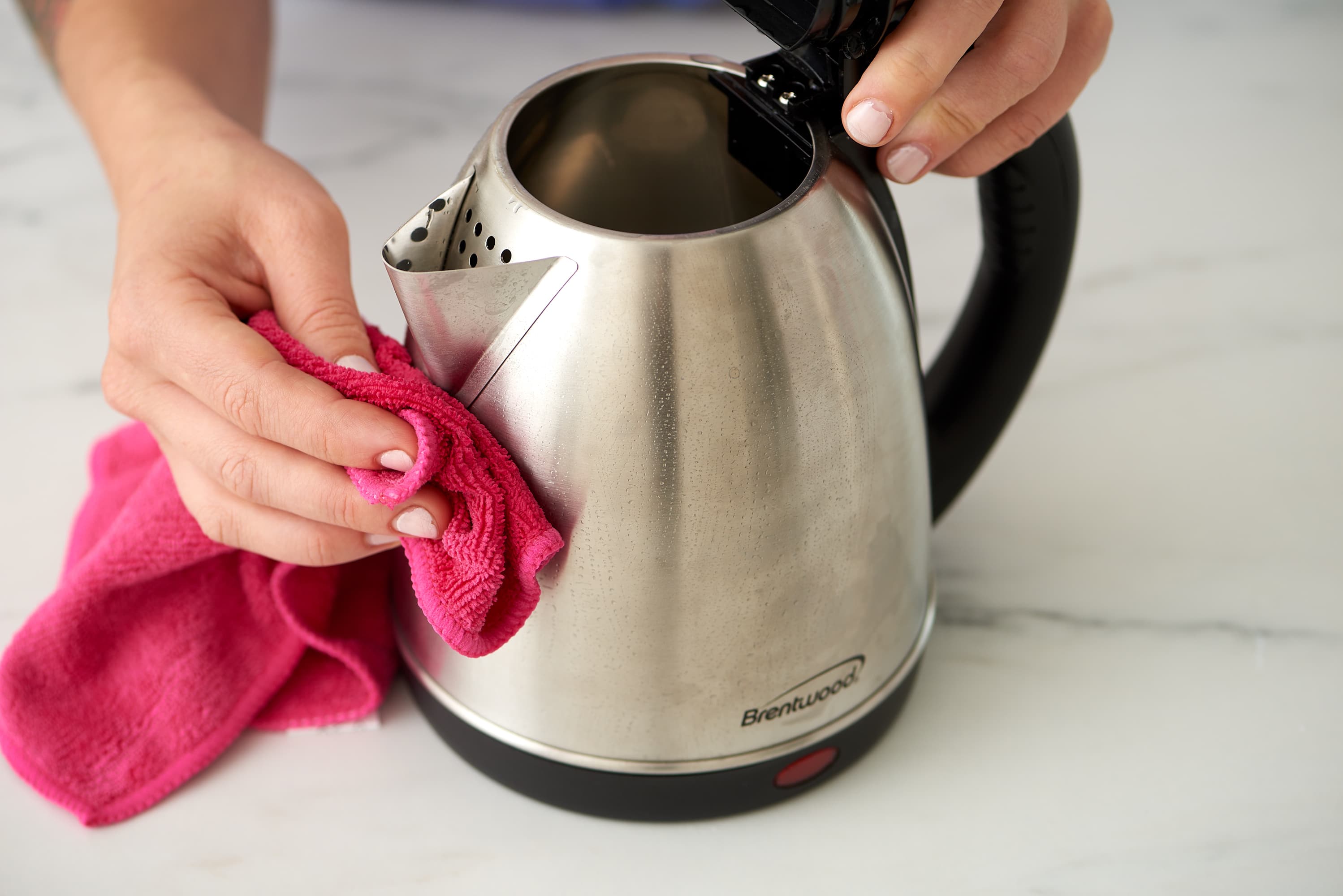
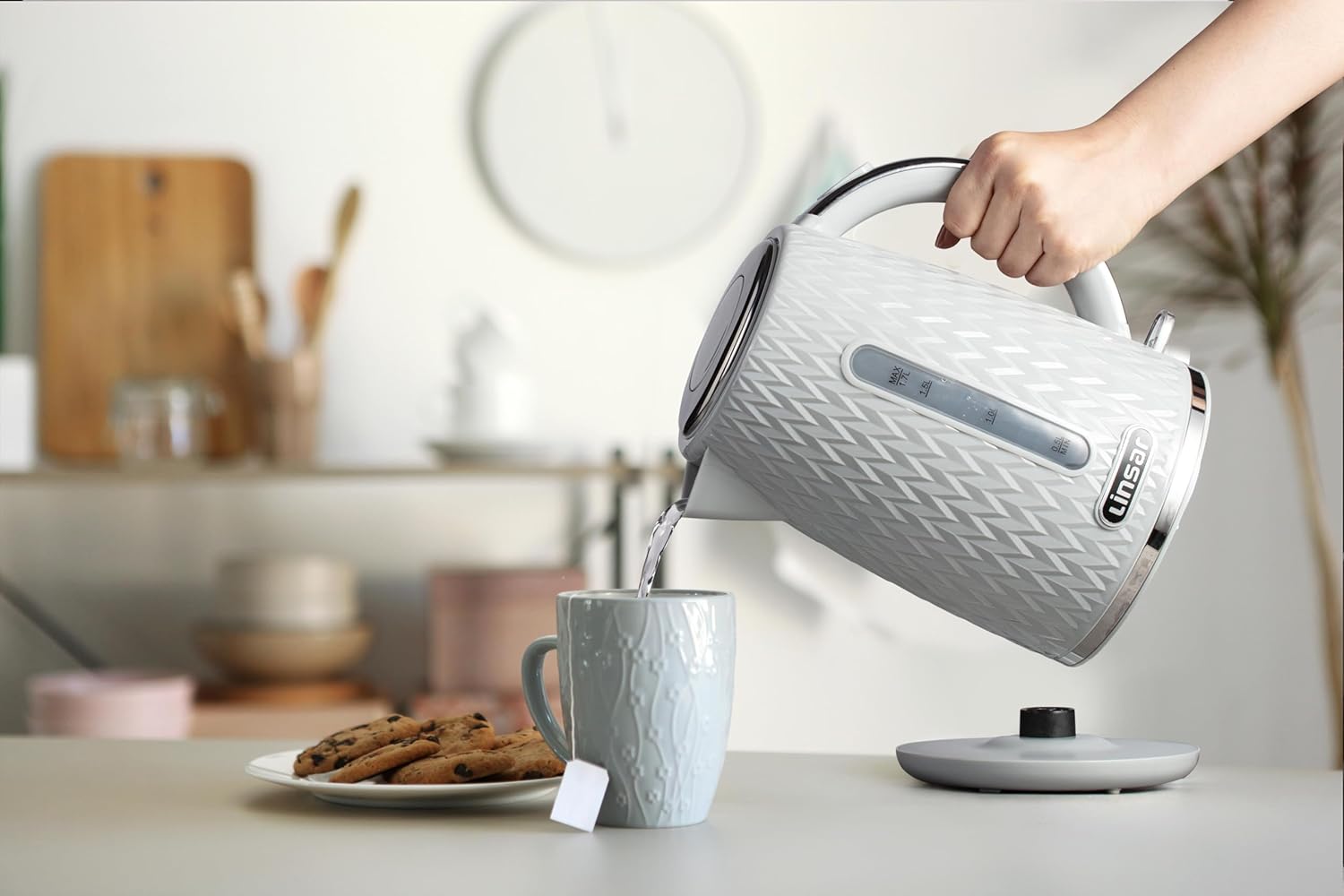
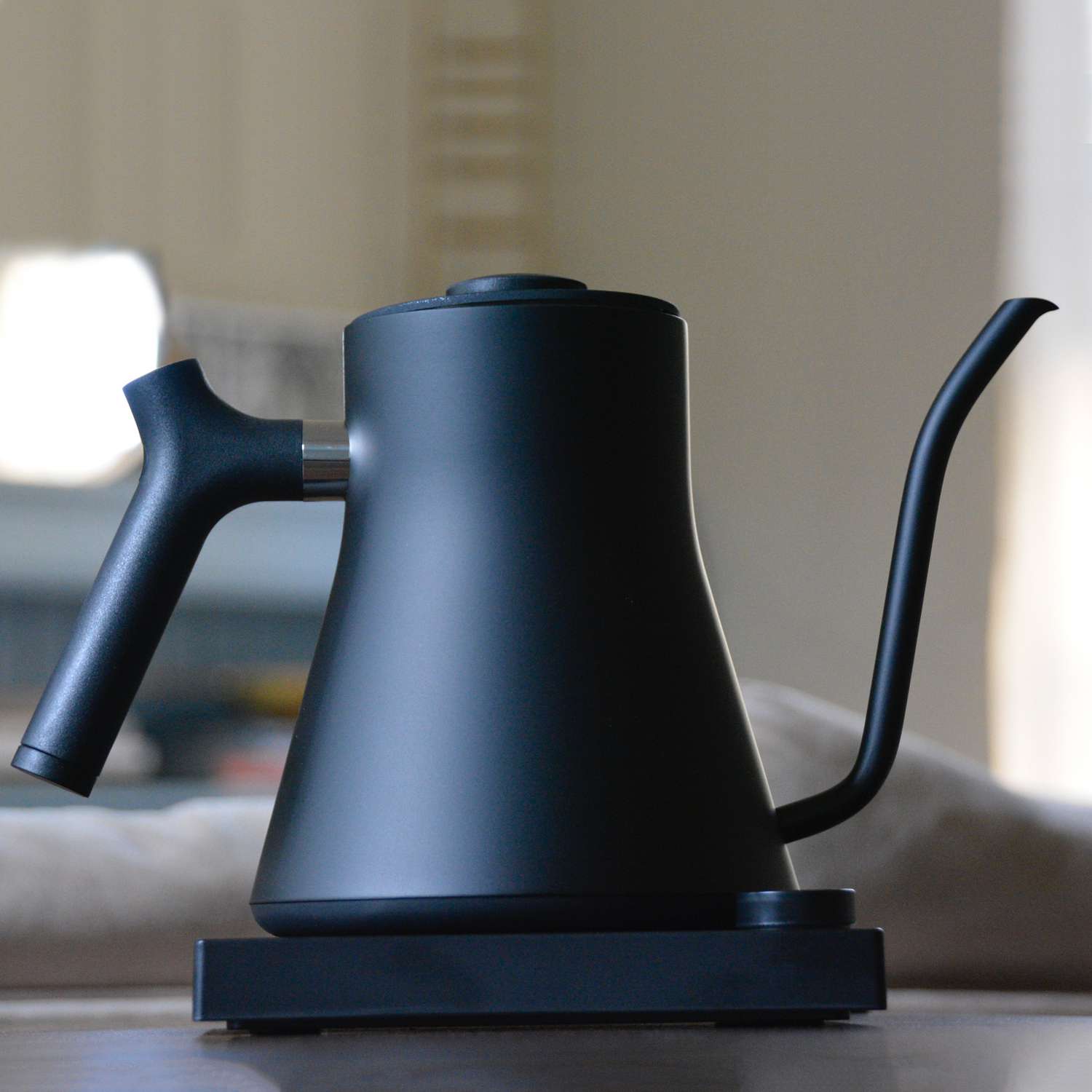
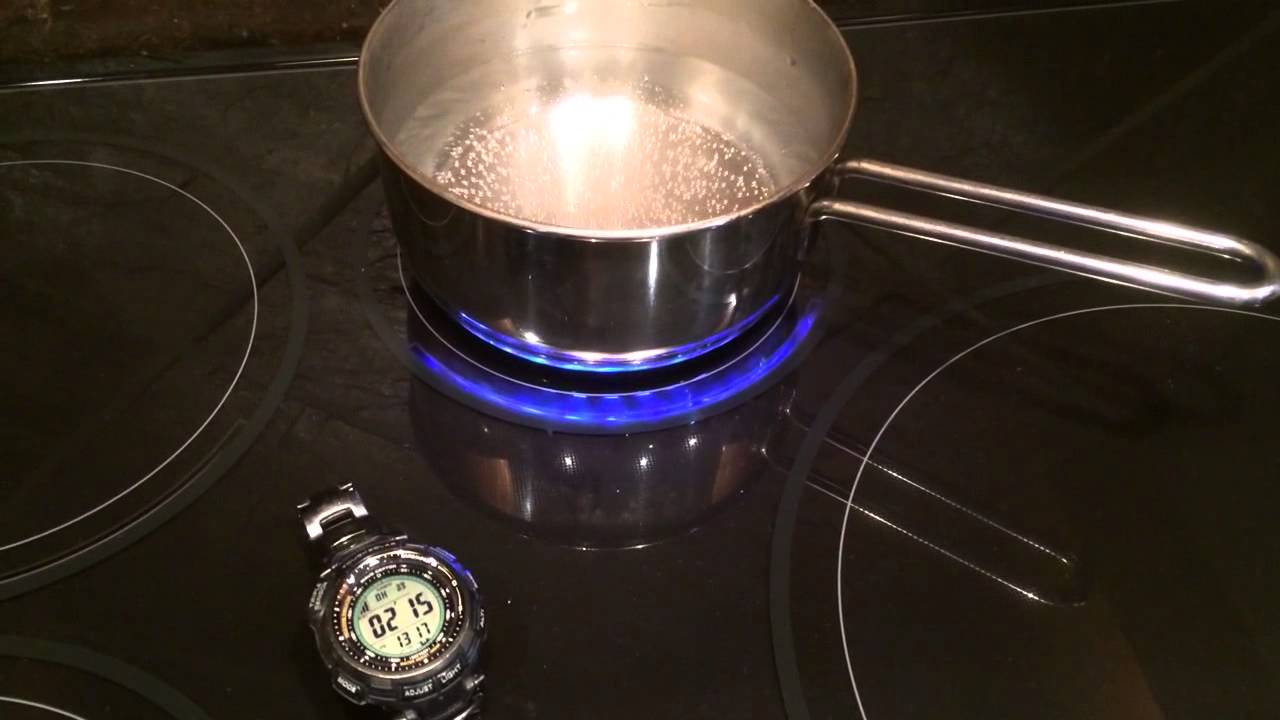
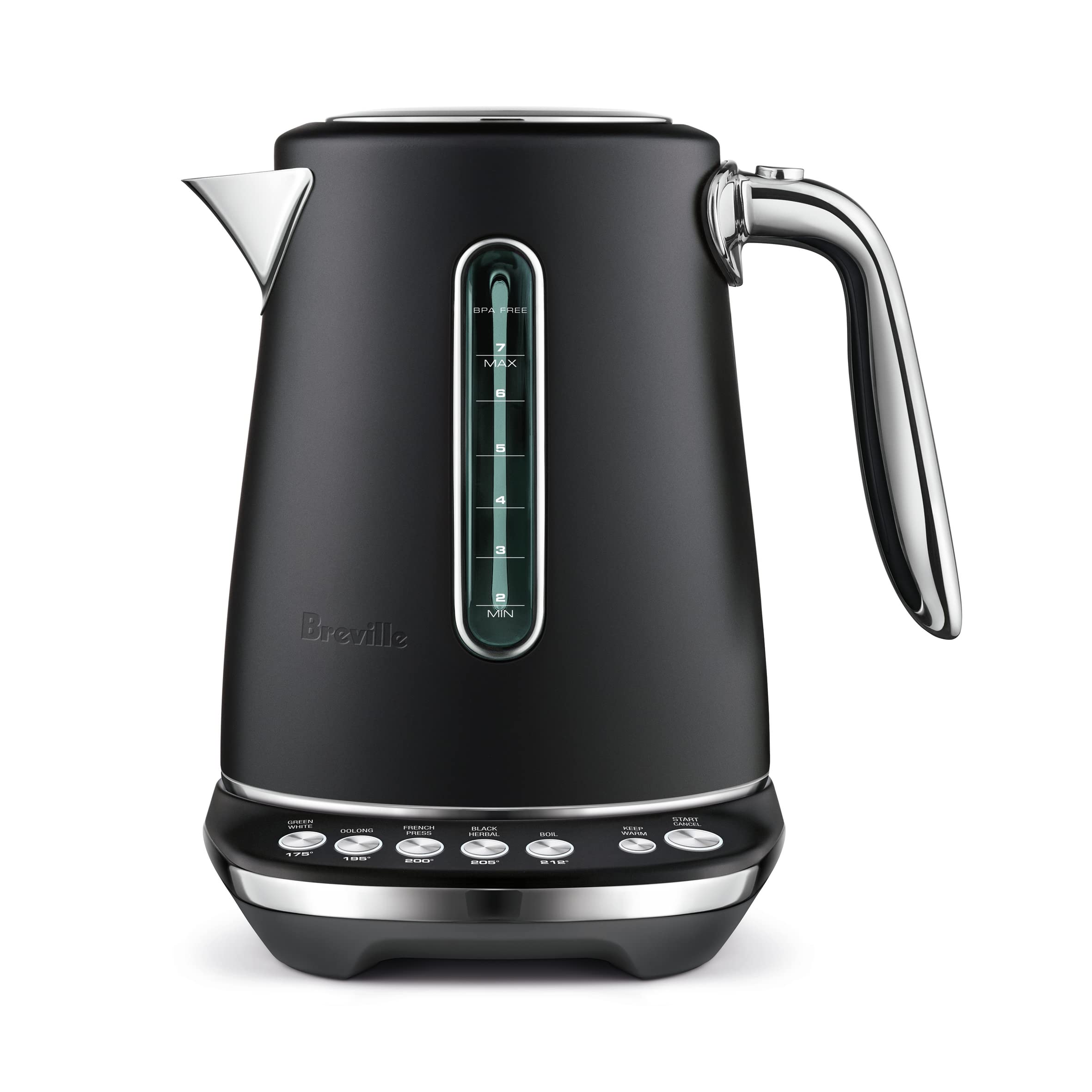
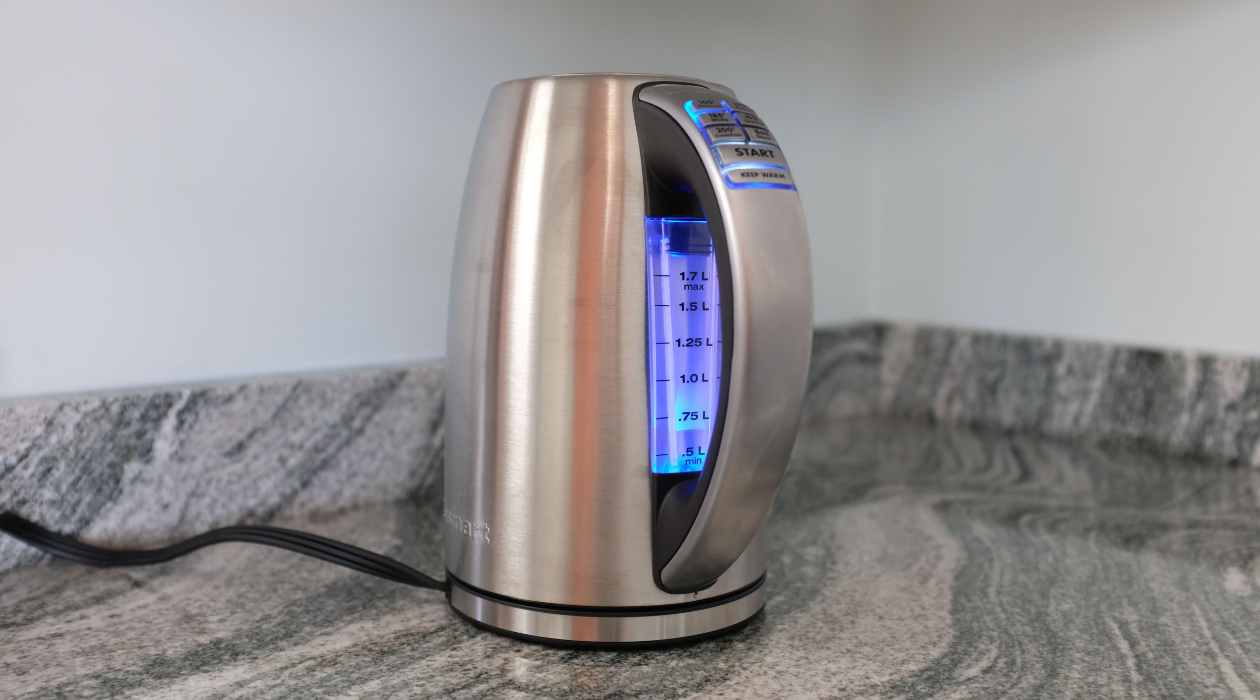

0 thoughts on “How To Use A Kettle To Boil Water”